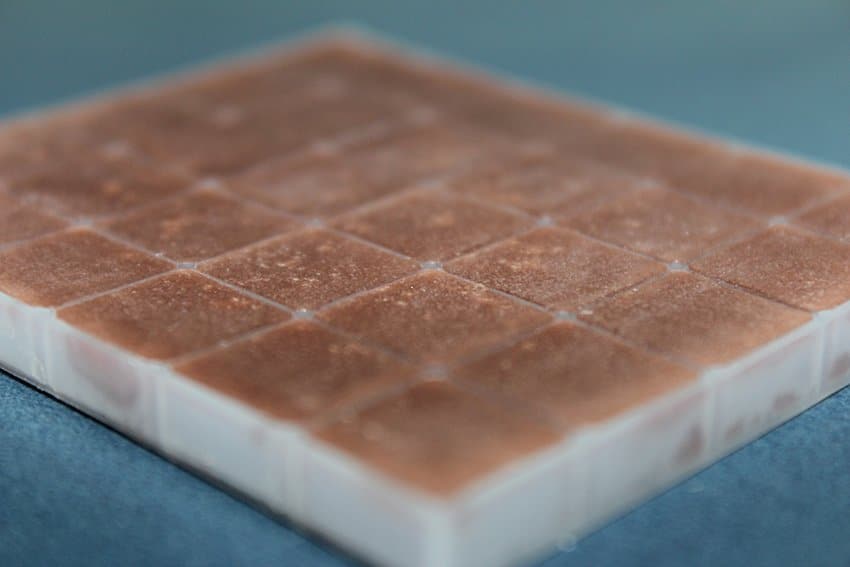Tablet vs Troche vs Cream – what’s best for hormone replacement therapy?

Thousands of women around the world have reported the benefits of hormone replacement therapy in managing symptoms of menopause, however getting a treatment plan just right for the individual can be a tricky thing. No two people are the same and neither is the way their body produces, circulates and utilises hormones.
One area that specialists in menopause have been paying a lot of attention to in recent years is the way in which hormones are naturally transported around the body. How this knowledge can help in developing better hormone replacement therapies – both the synthetic and bio-identical kind – has been the subject of much debate. The theory is, if we can deliver hormones to where they’re needed in a condition as close as possible to that of hormones produced naturally, then the body will be able to absorb and use them more efficiently, bringing greater health benefits.
Traditional hormone replacement therapy usually involves taking a tablet or pill, while bio-identical hormone replacement therapy often favoured by integrative doctors is usually administered via a troche or transdermal cream. Each delivery method introduces the hormones into the body’s circulatory system, but which package arrives at its destination with the least amount of damage to the hormones and to your body?
What’s the benefit of the tablet?
Tablets and pills are swallowed and once in the gut they release their active ingredients through the lining of the gut wall. For many conditions tablets and pills work very well – they deliver the medication where it’s needed. However hormones aren’t really medication. When you take hormones the aim is to simply top up supplies in a storehouse that’s running a little low.
Hormones are produced naturally by a network of glands and they’re secreted into your body’s circulatory system for delivery to where they’re needed. Introducing additional hormones via the digestive system means they hit the liver first. This ‘hit’ can be a little rough on the liver, an organ not used to metabolising such a large intake of hormones all at once. Some livers handle the situation well while others react strongly, producing natural chemicals and other kinds of hormones to counteract what it sees as an in-balance in the system. This over-production then has the potential to cause other health issues with your thyroid and cardiovascular system.
What’s the benefit of the troche?
A troche is similar to a lozenge. It’s designed to be placed between your cheek and your gums, where the skin lining is very thin. In this position it gradually dissolves, releasing its active ingredients directly into your circulatory system. When your glands produce hormones naturally they’re released into this same circulatory system, so the trouche’s delivery method is very similar. With a troche you by-pass the digestive system and the liver, making it a gentler method of delivery than a tablet.
However as some specialists point out, as the troche dissolves, some hormones may mix with saliva and be swallowed, thereby entering the digestive system. While this could be true it’s believed a higher percentage of the hormone will enter through the mouth lining, sparing the liver from taking the full hit.
What the benefit of transdermal cream?
Transdermal creams work in much the same way as troches, in that they deliver hormones directly to the circulatory system through the skin. Like troches, transdermal cream bypasses the stomach, thereby eliminating the risk of an adverse response from the liver. Creams are also more convenient to apply than a troche is to administer, making it a more attractive option for busy women.
It’s advised that the areas where the cream is rubbed into should be changed regularly to avoid irritation. In areas where the tissue is fattier (thigh and stomach for example) absorption will take longer meaning the effects of the hormones will last longer. In the same vein, areas with little fat (like the hand or elbow) will absorb the hormone much quicker but the effects will not last as long.
National Custom Compounding regularly receives scripts to make up troches and creams for bio-identical hormone replacement therapy. For more information on the pros and cons of each delivery method contact us on 1300 731 755 or email us at [email protected].
